Kiso-Nuri japan – Chikiriya –
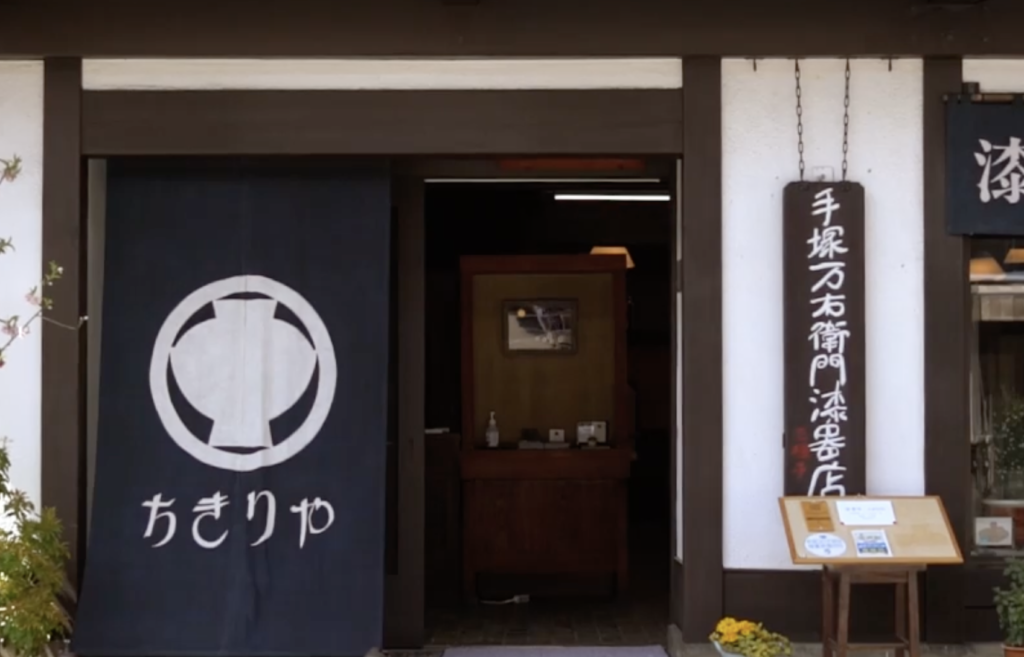
Introducing Chikiriya, the designer of the “japan music box” at Tkakao Japan Store.
Traditional Lacquer Culture passed onto Present via Artful Skillset
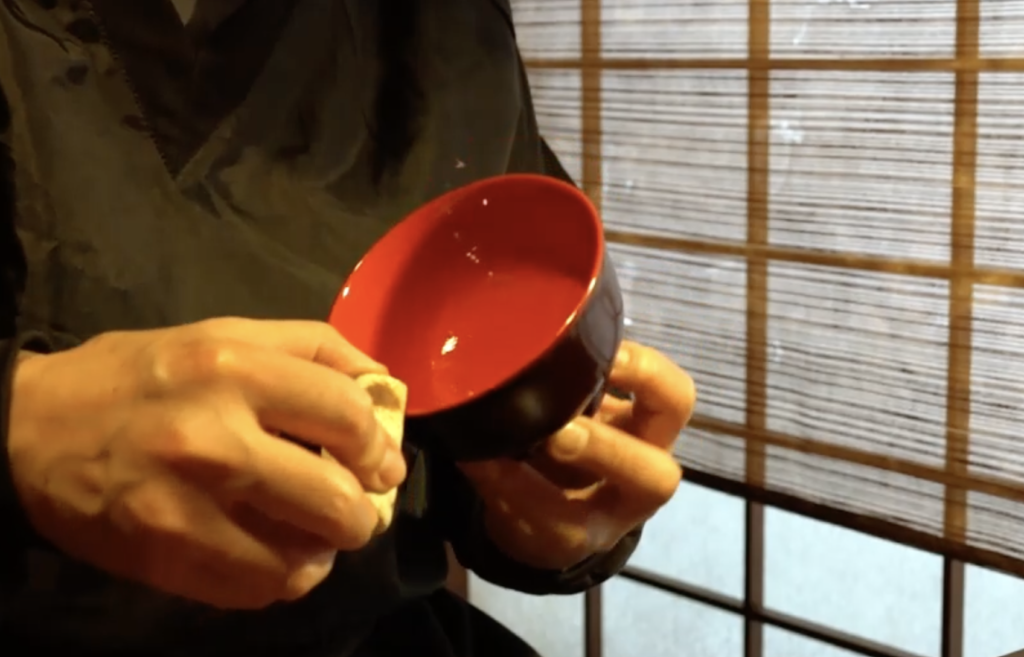
Since its establishment in Kansei period (1789 to 1800), Chikiriya has over 200 years of traditions extended over seven generations. During which, while inheriting the traditional techniques from one generation to next, Chikiriya has consistently strived to contribute to the development of Kiso Shikki (lacquerware) by reflecting contemporary perspectives of each time period into their works.
With deep appreciation to the support provided, Chikiriya was honoured to receive numerous awards every year such as The first prize at The National Lacquerware Competition in 1909, The Grand Prix at Belgium World Exposition in 1930, The Minister of International Trade and Industry Award at National lacquerware exhibition in 2000.
Numbers of original work are available at Chikiriya and Chikiriya sincerely awaits for your visit.
Hideki Tezuka
Story of Urushi (Japanese lacquer)
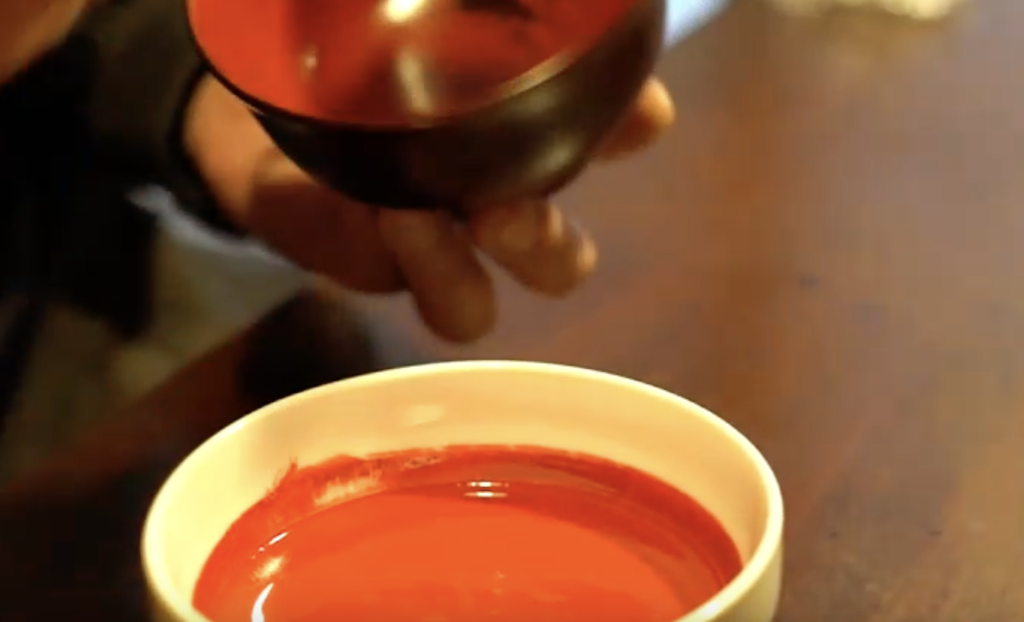
Urushi is a sap obtained from the “urushi tree.”
The color of freshly harvested lacquer is milky white, but it changes to brown when exposed to air. The amount of lacquer that can be harvested from a single “urushi tree” is about two hundred grams per year. The main component of Japanese and Chinese urushi is a substance called urushiol (aka toxicodendrol), which, when hardened, forms a strong film resistant to acids, alkalis, and heat, but it also has the drawback of being weak against ultraviolet rays, sun light. Urushi hardens at room temperature when there is adequate temperature and humidity. No air pollution in production and it is repairable and reusable, thus reducing unnecessary “waste.” Recent studies have shown that it has a bacteriostatic effect as well.
In Japan, urushi crafts flourished in various regions due to the availability of high-quality sap and the warm, humid seasons.
Urushi (Japanese lacquer) is a “life form” that consistently breathe
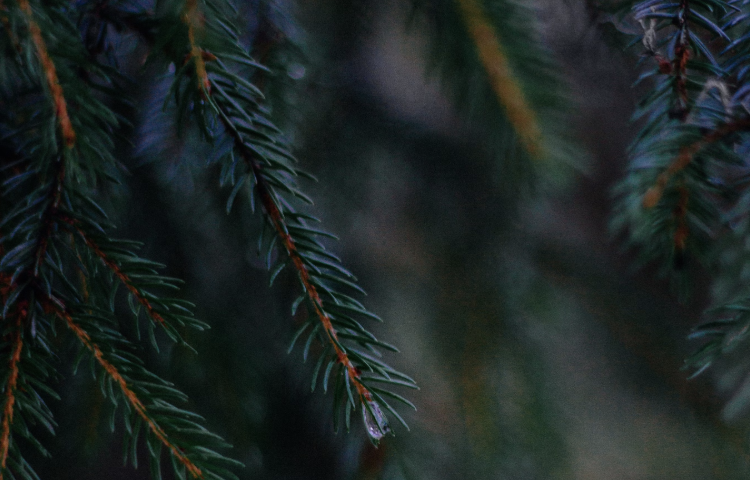
Useful Tips in Handling Lacquerware:
- Please use it according to its original purpose.
- Urushi is sensitive to ultraviolet rays, so please do not expose it to sunlight for long periods.
- Using abrasive substances as polishing powder and bleach will shorten the lifespan of Urushi.
- In case of storing in a poorly ventilated area for a long time, wipe it with a tightly wrung cloth and place it in a dry location.
- When urushi looks worn out, sending it for maintenance will revive it.
Personal Reflection while in the Kiso Lacquerware Village
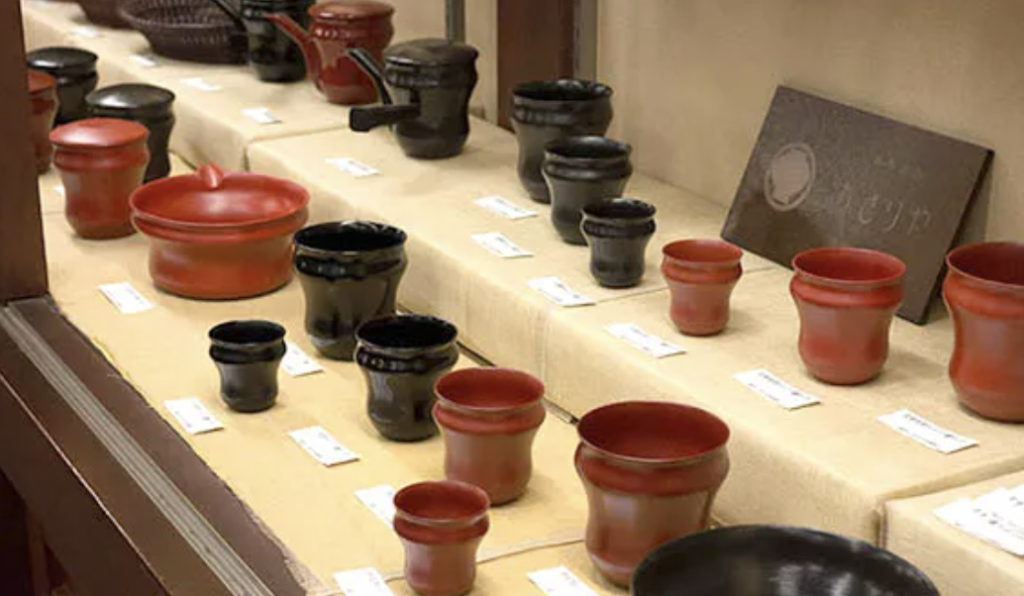
The lacquerware I create is meant to be used in everyday life with a carefree and free-spirited mindset. I hope you will use it daily with affection, without fearing scratches. When washing, it’s fine to not worry too much; just sprinkle a little love on the lacquerwares. I hope that after using them for several years, you will continue to use them by having them repaired and re-lacquered. I always envision the smiles of the users as I create. I wish to bring a little enrichment to daily life. I hope everyone, from young children to the elderly, to use them.
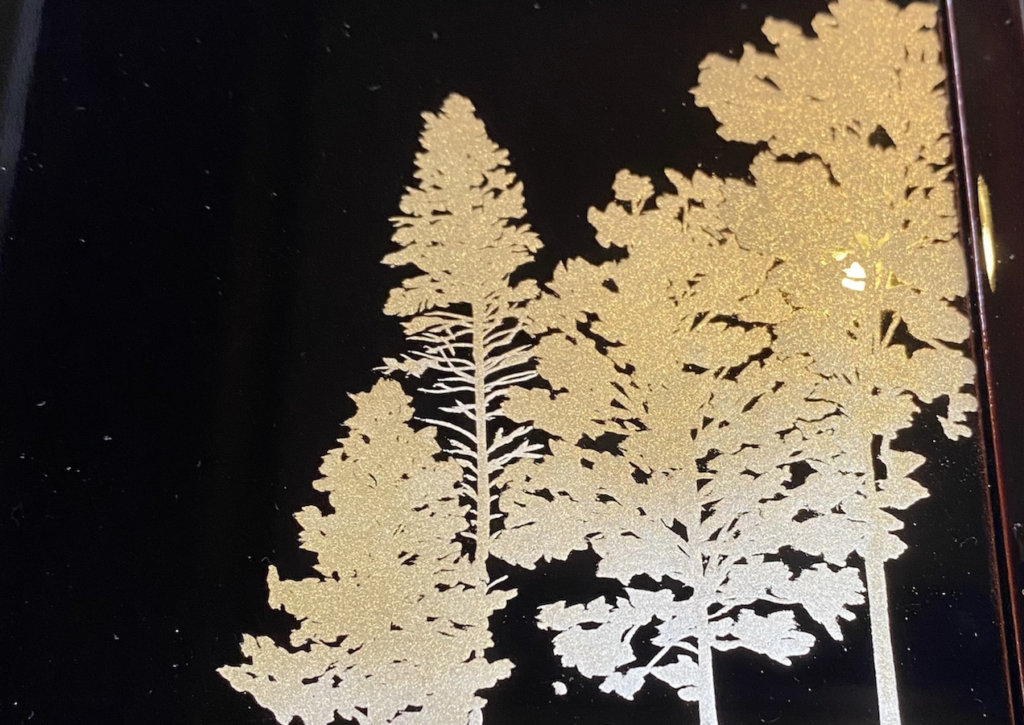
On a meticulously layered lacquering accessory box, seasonal flowers, seasonal motifs, and various animals are carefully decorated with colored lacquer and metal powders such as gold, silver, and tin.
Please use it to store small items like accessories or precious treasures. We hope you enjoy it as an accent in your room and as part of your interior.
Nozomi Tezuka

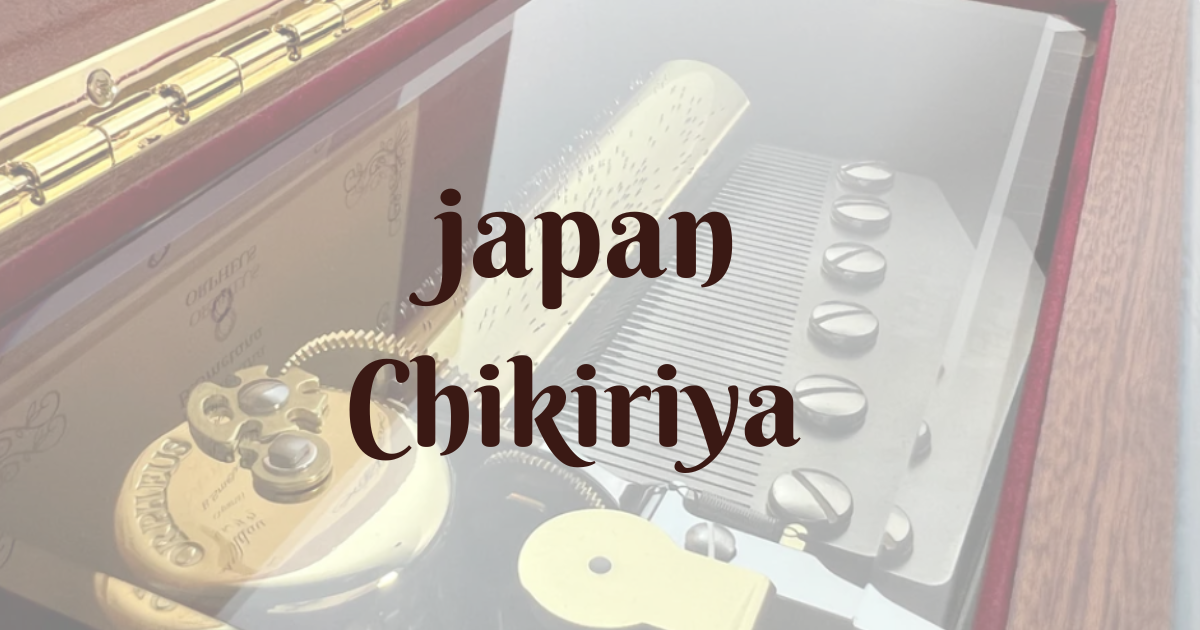
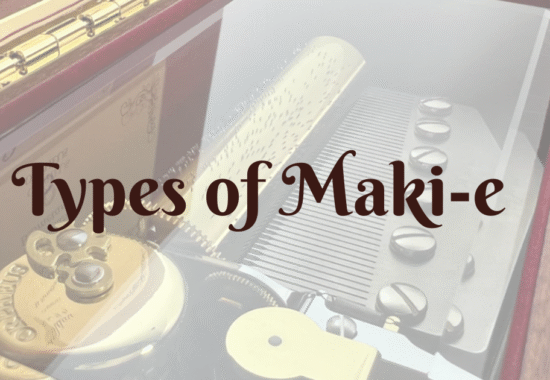


この記事へのコメントはありません。